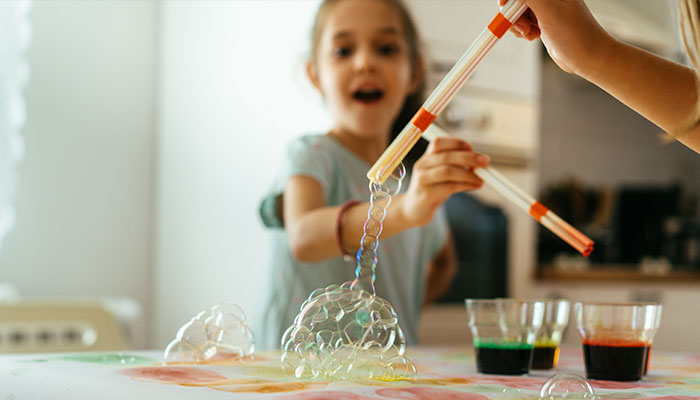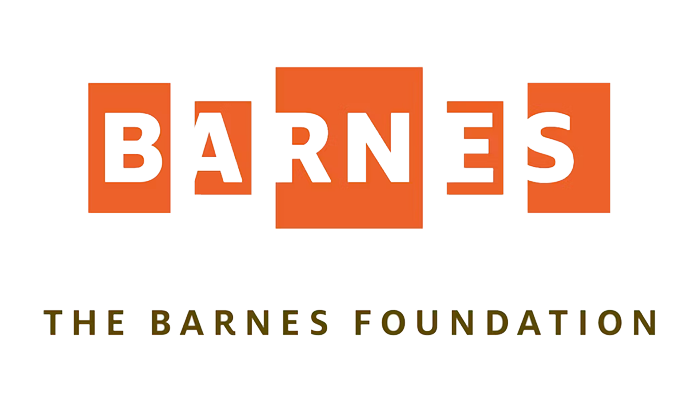While we believe that the books and resources recommended may be of value to you, keep in mind that these are suggestions only and you must do your own due diligence to determine whether the materials are appropriate and suitable for your use. PNC has no sponsorship or endorsement agreement with the authors or publishers of the materials listed.
ELEMENT OF ART

Bubble Painting
Children will make bubble paintings.

Lesson Objective
Children will make bubble paintings and will make the connection between this activity and a work of art.
Art
What You'll Need
- Drinking straws – 1 per child
- Disposable pie pan – 1 per child
- 1 tablespoon dishwashing liquid – 1 per pie pan
- ½ cup water – 1 per pie pan
- Book, The Three Little Kittens by Jerry Pinkney
- 1–2 tablespoons of tempera paint – 1 per pie pan
- Light-colored 9" x 12" construction paper – at least 1 sheet per child
- Image from the Barnes Foundation: Download Laundry (Le Linge)by Édouard Manet
What To Do
Note: This lesson is a follow-up activity to the lesson, Observing Art, found on this website. Prior to the start of the lesson, mix together water, dishwashing liquid, and paint. Pour the mixture into the pans. Cover tables with plastic or newspaper prior to beginning the painting activity.
- Read the story, and discuss reasons for doing the laundry.
- Display the image of the painting, Laundry (Le Linge) by Édouard Manet.
- Have the children name items that are necessary for doing the laundry. Be sure to note that using soap is one of the keys to getting the clothes clean.
- Tell the children that they will be using soap to create their own works of art.
- Have children gather at their tables. Then, distribute the paper.
- Demonstrate using a straw to blow bubbles by dipping one end of the straw into the mixture in the pan and blowing gently to make bubbles. Make a point to stop blowing when the bubbles reach the edge of the pan.
- Gently place a piece of construction paper on top of the bubbles and hold in place for a few seconds. As the bubbles pop, they will leave marks on the paper.
- Remove the paper, and set it aside to dry.
- Distribute straws, and have the children practice blowing air through the straw and into their hands.
- Place pans on tables, and have the children begin to blow bubbles (see Lesson Tips).
- Instruct the children to place their paper on top of the bubbles and hold it in place for a few seconds, then remove the paper and set it aside to dry.
- Take a gallery walk, and have children discuss the colors in their bubble paintings.
Resources
Home School Resources
Home educators: use these printable lesson PDFs to teach this lesson to your home schoolers. They're available in English and Spanish.
Content Provided By
Common Core State Standards Initiative – These lessons are aligned with the Common Core State Standards ("CCSS"). The CCSS provide a consistent, clear understanding of the concepts and skills children are expected to learn and guide teachers to provide their students with opportunities to gain these important skills and foundational knowledge [1]. Visit the CCSS


